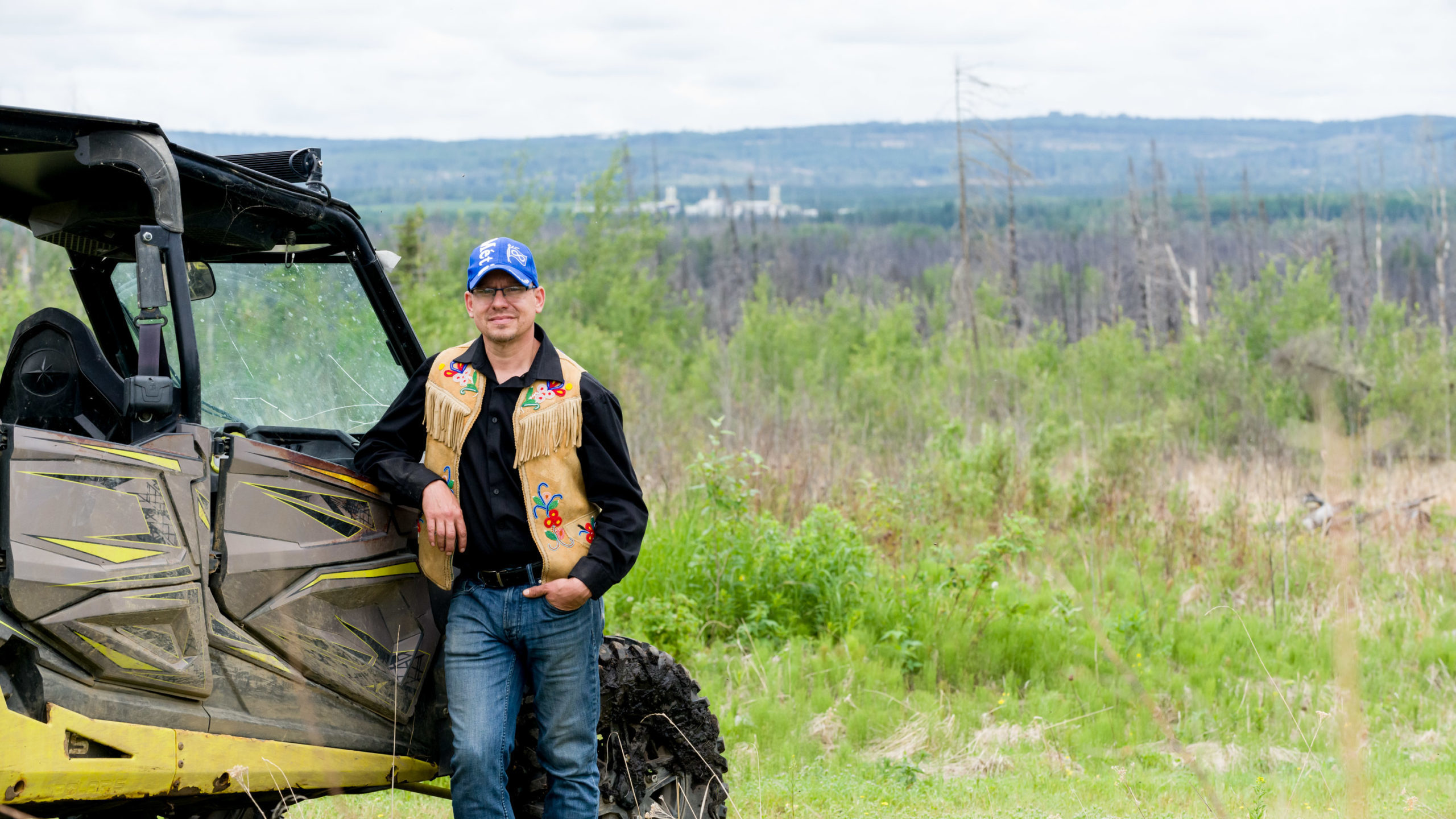More stories are emerging of Indigenous communities advancing economic reconciliation through Canada’s energy sector.
In Alberta, earlier this year the Willow Lake Métis Nation (WLMN) announced a large land purchase creating the nation’s first homeland in modern times. It will provide space for cultural activities, growing food, and creating jobs. And it’s a direct result of a business deal in oil and gas.
“We now have an opportunity to build, which we never had before,” said WLMN CEO Justin Bourque.
“Owning the land definitely helps with our position on our rights-based initiatives. Our mission is to become a nationally recognized model indigenous community.”
In 2021, WLMN entered the Astisiy Limited Partnership with Suncor Energy and seven other Indigenous communities in the Regional Municipality of Wood Buffalo.
The group acquired a 15 per cent equity share of the Northern Courier Pipeline, which transports bitumen and diluent products between Suncor’s Fort Hills Mine and its East Tank Farm.
Through this partnership WLMN earned sufficient revenue to purchase 205 acres of land – about the size of 13 Scotiabank Arenas in Toronto – south of Fort McMurray. It is now called Sohkastwâwin – a Cree word meaning the act of being resilient.
“The land provides us with food and economy, cultural components and our connections with the bison,” said Bourque.
“Our strategy, short-, medium- and long-term is to effectively grow our herd and increase our connection with the bison and leverage our relationships with industry in order to put that keystone animal back on the ground.”
WLMN is no stranger to working with the oil and gas industry to help achieve its goals. Through Willow Lake Métis Group, the nation has nine industry partnerships as an oilfield contractor offering services like well servicing, maintenance and environmental management.
In September, WLMN was one of 23 Indigenous communities to announce a partnership with Enbridge to purchase nearly 12 per cent interest in seven oil sands pipelines.
Athabasca Indigenous Investments (Aii) will manage the $1.12 billion investment, which represents the largest ever energy-related Indigenous economic transaction in North America.
“It’s amazing,” said Bourque, who is president of Aii.
“To be part of bringing those 23 together, it’s just monumental. It’s amazing not only for us. We believe that through our good work, through our transparent and accountable operations, we will elevate the collective.”
But as the communities gathered with industry and government to celebrate the milestone, anti-energy storm clouds continued forming in Ottawa.
In what some Indigenous leaders describe as a threat to the economic wellbeing of many communities, the Government of Canada is pushing ahead with a plan to cap and cut oil and gas sector CO2 emissions by 42 per cent in less than eight years.
“We as Indigenous communities, and our industry partners, take this seriously,” said Robert Merasty, executive director of the Indigenous Resource Network.
“How can we be trying to shut down our energy production to purchase energy from other countries? Our Indigenous communities, we are looking at tens of billions of dollars in oil and gas projects. As rights holders, we should be involved in terms of what’s digestible. There has been a history of Canada attempting to dictate to us what is on our best interest.”
The government’s own discussion paper on the cap highlights that oil and gas is an important and growing employer of Indigenous people.
Since 2014, Indigenous employment in Canada’s oil and gas sector has increased by more than 20 per cent, reaching an estimated 10,400 jobs in 2020, it said.
Spending with Indigenous-owned businesses is also rising. In 2019, oil and gas companies spent more than $2.6 billion in procurement with about 250 Indigenous businesses, an increase of over 70 per cent compared to 2017 ($1.5 billion).
The government noted that $55 million in oil and gas-related revenues were collected on behalf of First Nations in Alberta, Saskatchewan and British Columbia by Indian Oil and Gas Canada in 2018-2019.
Many Indigenous communities haven’t been consulted about Ottawa’s plan to drastically reduce energy sector emissions, said Heather Exner-Pirot, a northern economic development researcher with the Macdonald-Laurier Institute.
“How many billions of dollars will Indigenous communities lose on that policy?” she said.
“For me, it’s the hypocrisy of passing legislation, but not seeking consent – not providing information. It’s not a question of ‘will we do this or not?’. It’s ‘how do you think we should do this?”
The unaltered reproduction of this content is free of charge with attribution to Canadian Energy Centre Ltd.
